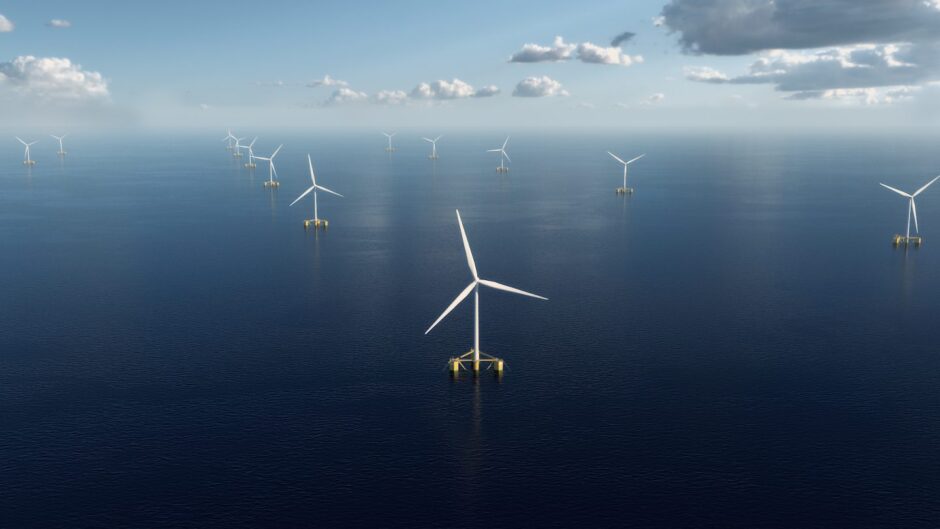
Given the wealth of stakeholders with a vested interest in decarbonising the North Sea, getting any number of them together at any one time is a tough ask.
Finding a definitive solution and a strategy that meets the various ambitions and directives of these interested parties is continually evolving and being integrated into our scheme.
Energy Voice’s recent ETIDEX event was a most welcome opportunity to bring government, regulators, developers and operators together under the same roof in Aberdeen for a morning of candid discussions about how we accelerate the North Sea energy transition.
I underlined the importance of cross-industry partnerships in achieving success right across the value chain. This spirit of collaboration has driven our approach at Cerulean Winds, but as an industry we have to do more so that the skills honed in the North Sea over 50 years may be used to shape the future.
In drawing up our pace-setting decarbonisation solution, we spent a lot of time engaging with the oil and gas industry, the supply chain and government, determined to come up with a solution that delivers maximum value. These cross-industry discussions informed the creation of the North Sea Renewables Grid (NSRG), our basin-wide green power generation and transmission system that will supply low carbon power to numerous oil and gas assets. In doing so this ambitious project will deliver over £10billion in Gross Value Added (GVA) for the UK and thousands of much-needed green jobs.
ETIDEX coincided with a landmark week for Cerulean Winds as we announced the signing of three floating wind Exclusivity Agreements as part of Crown Estate Scotland’s Innovation and Targeted Oil and Gas (INTOG) leasing round.
Rubber-stamping these vital documents means we can move to the next phase of the NSRG and set about delivering floating wind at an unprecedented scale in the UK.
Our Tier 1 delivery consortium is already in place and we are in the process of formalising other contracts that will make our ambitions a reality. At a regulatory level, reaching this milestone is the result of fantastic collaboration between the Scottish Government and its agencies, something the industry should take inspiration from moving forward.
We are now at a juncture where large-scale offshore infrastructure projects are being pushed into the market at the right time and for all the right reasons. Our bold objective for the NSRG to be up and running in 2028 – combined with the UK’s wider pressing decarbonisation targets – is enabling in the creation of Scotland’s floating wind industry, helping the supply chain to prepare and scale up for the work that will follow.
As we move into 2024, the onus is on floating wind developers like Cerulean Winds to accelerate that which is in our control, so that North Sea oil and gas operators can meet decarbonisation targets that have been put to them. INTOG has given us a critical path and as an industry we must find a way to optimise the time it takes to deliver these types of projects.
Key to that will be targeted, strategic investments that can bolster the domestic supply chain and ensure the benefits of Scottish wind farms are felt in communities up and down Scotland. We need the right spending pledges that can lay the foundations for a flourishing industry and a successful transition.
Recommended for you

 © Supplied by Cerulean Winds
© Supplied by Cerulean Winds